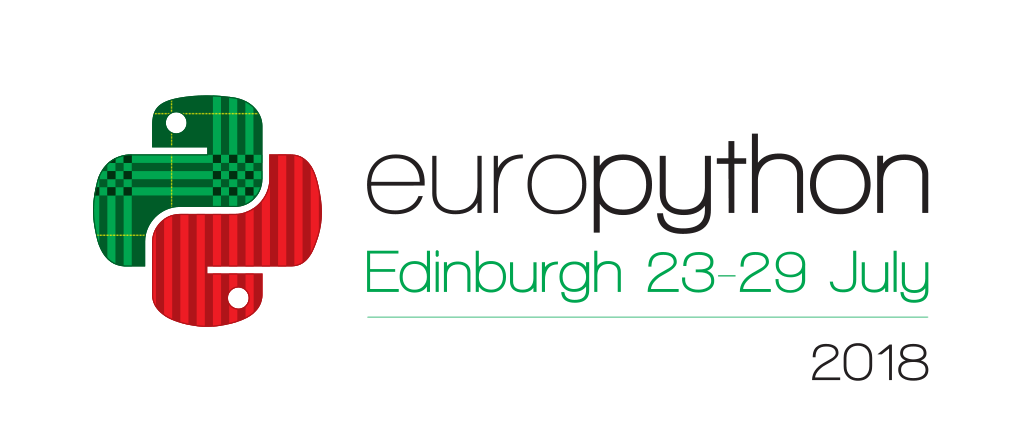Faster Python startup
The cPython’s startup speed generally quite fast compared to other similar dynamic language interpreters. Despite this, the interpreter’s startup time increases linearly with the number and size of imported python modules. Although interpreter startup speed isn’t a significant concern in long running servers, it does matter for the command line and other frequently launched applications.
One of the oldest tricks in the book, when it comes to performance optimizations is to perform frequent and expensive operations fewer times and reuse results from previous invocations. We noticed that the overhead of reading and un-marshalling .pyc files at startup can be eliminated if we could directly embed code objects and their associated object graph from .pyc files into the data segment of the cPython binary. This technique is quite similar to the approach taken by image based languages like Smalltalk in the past. Implementing this for cPython is made simpler because marshaled code objects in .pyc files contain a subset of the types of objects that marshal format supports. With this approach, loading a module included in the python binary is as cheap as dereferencing a pointer, albeit at the cost of increased binary size.
This talk will discuss the approach taken to implement the aforementioned idea for Python 3.6 and the challenges faced in implementing it. It will also talk about benchmark results from the improvements and possible future directions for this work. Although this talk delves into cPython internals, no prior experience with cPython internals is required to follow along.
